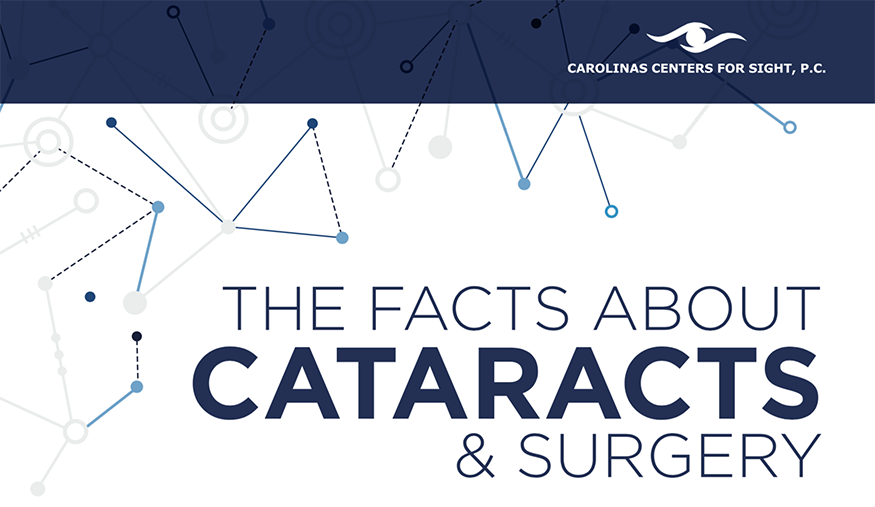The Growth Of Modern Cataract Surgical Treatment Methods: A Detailed Examination
The Growth Of Modern Cataract Surgical Treatment Methods: A Detailed Examination
Blog Article
related web-site -Cullen Serrano
As you discover the development of innovative cataract surgical treatment techniques, you'll witness a trip marked by resourcefulness and accuracy. From ancient techniques that led the way for modern-day innovations to cutting-edge innovations that are transforming the field, the detailed summary of cataract surgical procedure strategies is a testament to human progress and commitment to boosting person results. The elaborate interaction in between historic approaches and futuristic advancements develops an interesting story that clarifies the evolution of one of the most common operations worldwide.
Historic Strategies and Developments
Check out how early doctors revolutionized cataract therapy by using cutting-edge methods and devices. In the past, cataract surgical treatment was a dangerous and painful procedure. However, old Indian medical professionals were among the initial to try medical interventions for cataracts, using a technique called 'formulating' where a sharp instrument was made use of to press the cataract back right into the eye. This approach, though crude by today's requirements, prepared for future improvements in cataract surgery.
As time progressed, Arab doctors made significant payments by developing specialized needles for cataract removal. These needles were used to penetrate the cataract and after that remove it from the eye, noting a significant enhancement in surgical accuracy.
Later on, in the 18th century, the French specialist Jacques Daviel originated the technique of extracapsular cataract extraction, where the entire lens was eliminated undamaged with a larger incision. This marked a major innovation in cataract surgical procedure methods, paving the way for the contemporary treatments we use today.
Modern Surgical Approaches
Early methods in cataract surgical treatment have advanced substantially, causing the advancement of modern medical approaches that focus on accuracy and boosted patient outcomes. Modern cataract surgery currently commonly involves a procedure called phacoemulsification, where an ultrasonic device separate the cataract for elimination through a small cut. This technique enables quicker recovery and minimizes the danger of issues compared to older approaches.
Additionally, using innovative intraocular lenses (IOLs) has actually revolutionized cataract surgical procedure outcomes. These lenses can correct not just the cataract yet also other refractive errors like astigmatism, decreasing the demand for glasses post-surgery.
Surgeons today likewise have access to advanced imaging modern technologies that help in specific preoperative preparation and intraoperative decision-making. Optical coherence tomography (OCT) and various other imaging techniques provide detailed images of the eye's frameworks, permitting a more tailored strategy to each individual's surgery. With these developments, contemporary cataract surgical procedure strategies remain to enhance, providing clients safer treatments and much better aesthetic outcomes.
Emerging Technologies in Cataract Surgery
With improvements in modern technology changing the field, cataract surgical treatment is witnessing the combination of innovative techniques for improved client outcomes. Emerging modern technologies in cataract surgical procedure are reshaping the landscape of ocular procedures. One such innovation is femtosecond laser modern technology, which permits precise corneal incisions, capsulotomies, and lens fragmentation, leading to improved medical accuracy and results.
In addition, intraoperative aberrometry is gaining appeal, enabling real-time dimensions of refractive mistakes throughout surgery to enhance intraocular lens power estimations and decrease postoperative refractive surprises.
Additionally, using innovative imaging technologies like optical comprehensibility tomography (OCT) and intraoperative wavefront aberrometry help cosmetic surgeons in specific medical planning and implementation. These tools offer in-depth physiological info and help tailor medical approaches for each and every client's distinct eye qualities.
Furthermore, advancements in artificial intelligence are being checked out to assist in preoperative planning, intraoperative decision-making, and postoperative care, possibly optimizing surgical results and individual contentment. Embracing these emerging technologies in cataract surgery holds promise for further enhancing person results and making certain the continued advancement of ophthalmic medical techniques.
https://pros-and-cons-of-monovisi98754.luwebs.com/33866306/launch-your-trip-to-improved-vision-with-a-full-guide-to-smile-eye-surgical-treatment-exploring-vital-steps-from-the-consultation-to-the-healing-stage-and-far-more
As you journey via the history of cataract surgery, you witness the makeover from old practices to sophisticated innovations. Like a phoenix metro increasing from the ashes, cataract surgical treatment has progressed into a sign of hope and technology.
Equally as a caterpillar arises from its cocoon as a lovely butterfly, cataract surgical procedure has actually developed into a polished art form, offering clients clearer vision and a brighter future.
The advancement continues, shining a light on unlimited opportunities.
